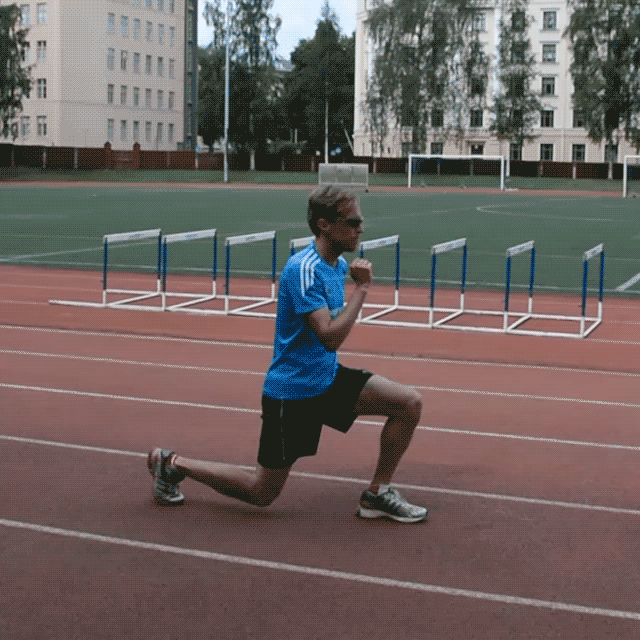There’s a lot more to running drills than just analyzing your running technique and correcting it during the run.
You have to be prepared to strengthen your weaknesses and teach your body to work stronger and more efficiently than before. When you do running drills, your running technique is broken into parts and the ones in need of improvement are over-emphasized. That’s why doing running drills is crucial exercise to achieving proper running form.
If you’re getting started, before doing running drills, you might want to check out our Beginner’s Guide to Start Running.
The Basics of running Drils
In this Runner’s Workouts video, Polar Running Coach Maria explains the essential running drills every runner should know to improve running technique and form.
Related: How to Start Running video series
How often should I do running drills?
It’s reasonable to do running drills once or twice a week. You can improve your running a great deal even by doing for instance only 10-minute drills.
You can do the drills as an independent workout after a proper warm-up, or as a preparatory part of a workout, for example, before a brisker, harder run. Many competitive runners also do drills while preparing for competitions.
The drills may look easy and painless, but especially on the first few times they activate the muscles to function differently to what you’re used to and you might find yourself sore in the weirdest places. The drills will, however, start to feel easier once you get them going, and you’ll also recover faster each time after doing them.
What to focus on while doing running drills?
In order for your body to take the most out of the drills, focus on doing them when you’re feeling fresh. Complete the movements at a fast frequency and aim to do them as correctly as possible. Stop the drill if you feel like you’re too tired to keep a good form.
Once the drills are starting to go as planned, it’s time to challenge yourself more and add new drills to the program. Continue challenging your body and creating new stimulus. You can also do the drills in a slight uphill, which means you’ll really have to focus on the running form and on keeping a slight lean forward.
5 running drills to improve your technique
With these five running drills, focus on fast ground contact, straight posture, an efficient use of arms and activating different running muscles while doing the drills.
Running drills 1 and 2: High-knee walks and runs
Many runners have difficulties in lifting their knees efficiently. High-knee walks and runs prepare you for the knee lift in running. These are basic movements, and you’ll also have time to think about the cooperation of arms and legs during the drill.


Do the drill 10 to 20 meters a time, as efficiently as possible. Focus on planting the step underneath your center of mass and make sure that you’re moving forward slowly, but with high frequency and short ground contact! Remember to keep your arms controlled and on the go.
Running drill 3: Tripling

An excellent drill for improving step frequency and ankle mobility. Focus on using your arms efficiently and keeping the right range of motion. When your legs start to respond better, add speed to both arms and legs. Look for the right range of motion first just in place and then proceed bit by bit. Do the drill 10 to 20 meters at a time and recover for a moment before doing a new rep.
Running drill 4: Lunges

An excellent strengthening exercise that can also be utilized as a stretching movement or to improve running technique. You can do lunges as a single movement or by pausing the movement in standing position, maintaining good balance and a run-like position. Complete the moves carefully during the first times and add the volume gradually. In the beginning, 4–5 times per leg is a suitable amount.
Running drill 5: Skipping

A good drill for improving bounce, training knee lift and also for working on the push. Focus on pushing forward so that the foot straightens efficiently during the push-off phase. After lifting the knee, focus on an effective landing of the foot under the center of mass. Do 20 to 30 meters at a time, followed by a careful recovery.
If you liked this post, don’t forget to share so that others can find it, too.
Please note that the information provided in the Polar Blog articles cannot replace individual advice from health professionals. Please consult your physician before starting a new fitness program.




